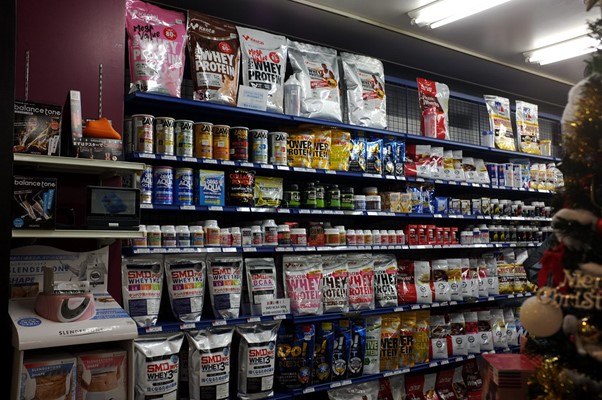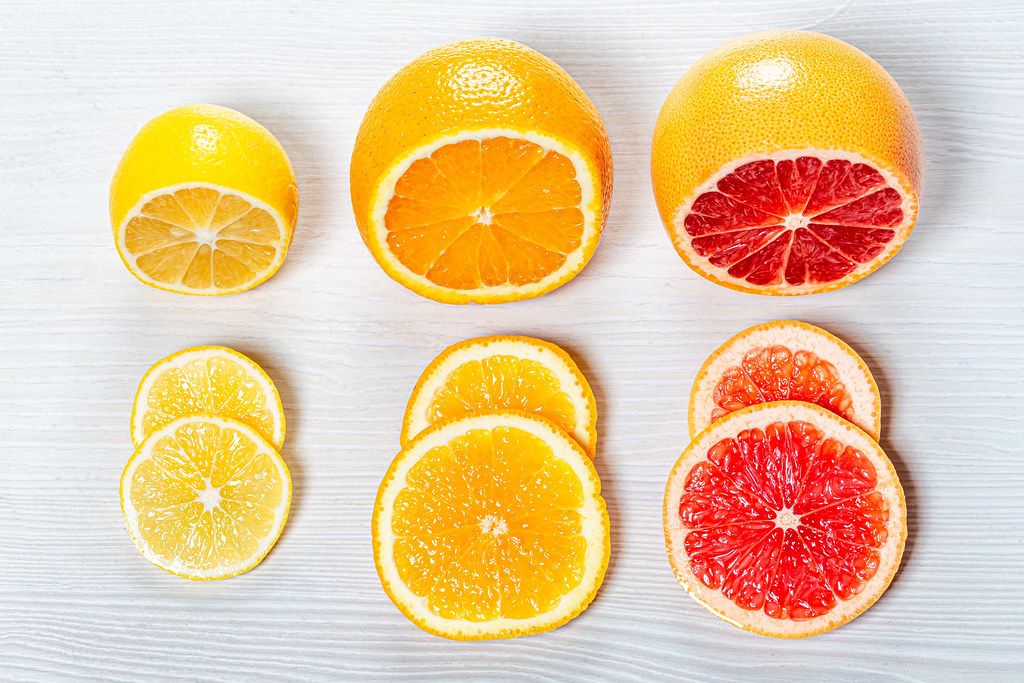Have you noticed the appearance of a new section in supermarkets in the last few years? I am talking about the ‘protein’ shelves. Proteins are essential macronutrients that support growth, development and repair. Dietary recommendations in the UK suggest adults should consume at least 45 (female) and 55.5 (males) grams of protein per day. However, animal meat is the main source of protein in our diets, and its production is one of the largest contributors to climate change. We need new sources of protein to keep up with demand and we need them to be sustainable, healthy and resilient. How can molecular engineering help with that?

